
|

|

|

|

|

|
Major Research Thrusts
In situ, Coupled Radiation Effects in Structural Materials and Molten Salts
|
|
Project Lead: Michael Short |
|
Co-Investigators: Gregory Wallace |
|
Postdocs: |
|
Students: Elena Botica Artalejo, Benjamin Dacus, Myles Stapelberg |
|
UROPs: Akarsh Aurora, , , Now Hiring! |
 Project Description: Radiation damage represents the ultimate mesoscale scientific challenge, requiring the simultaneous understanding of processes from the atomic, through the mesoscale, to the engineering scales. Most radiation damage studies correlate dose in displacements per atom (DPA) to changes in material properties, even though changing nearly any condition or material parameter changes the DPA-property relationship. Therefore, a direct mesoscale measurement technique is needed to understand radiation damage's direct effects on material properties. This requires understanding the defect populations that create them. Our group has chosen transient grating (TG) spectroscopy as this mesoscale measurement technique, which we believe will be able to deconvolve the separate effects of radiation-induced defect populations on material properties by in-situ measurement of changes in the TG signal during material irradiation. Succeeding in this damage deconvolution will result in ultra-rapid qualification of radiation-resistant materials, and may help to solve decades-old questions about the long-term incubation of potentially disastrous radiation effects like void swelling and irradiation-induced creep. Read full project description Project Description: Radiation damage represents the ultimate mesoscale scientific challenge, requiring the simultaneous understanding of processes from the atomic, through the mesoscale, to the engineering scales. Most radiation damage studies correlate dose in displacements per atom (DPA) to changes in material properties, even though changing nearly any condition or material parameter changes the DPA-property relationship. Therefore, a direct mesoscale measurement technique is needed to understand radiation damage's direct effects on material properties. This requires understanding the defect populations that create them. Our group has chosen transient grating (TG) spectroscopy as this mesoscale measurement technique, which we believe will be able to deconvolve the separate effects of radiation-induced defect populations on material properties by in-situ measurement of changes in the TG signal during material irradiation. Succeeding in this damage deconvolution will result in ultra-rapid qualification of radiation-resistant materials, and may help to solve decades-old questions about the long-term incubation of potentially disastrous radiation effects like void swelling and irradiation-induced creep. Read full project description |
Our Sponsors: 
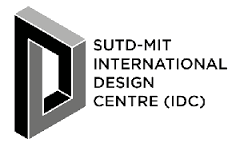



|
Simultaneous Irradiation/Corrosion Effects in Molten Salts and Liquid Metals
|
|
Project Lead: Michael Short |
|
Co-Investigators: Kevin Woller, Weiyue Zhou |
|
Postdocs: Weiyue Zhou |
|
Students: Wande Cairang, Adria Peterkin |
|
UROPs: Now Hiring! |
 Project Description: Companies like Kairos Power and TerraPower are developing new molten salt reactors, whose materials have not yet been tested to the end of the reactor's life. The ultimate goal of the project is to develop new alloys or composite materials in order to improve the affordability and performance of these and similar molten salt reactor concepts. Our group is studying how irradiation affects corrosion with a variety of alloys in molten salts, both clean and dirty, to simulate the reactor environment at the beginning and end of its life, respectively. Read full project description Project Description: Companies like Kairos Power and TerraPower are developing new molten salt reactors, whose materials have not yet been tested to the end of the reactor's life. The ultimate goal of the project is to develop new alloys or composite materials in order to improve the affordability and performance of these and similar molten salt reactor concepts. Our group is studying how irradiation affects corrosion with a variety of alloys in molten salts, both clean and dirty, to simulate the reactor environment at the beginning and end of its life, respectively. Read full project description |
Our Sponsors: 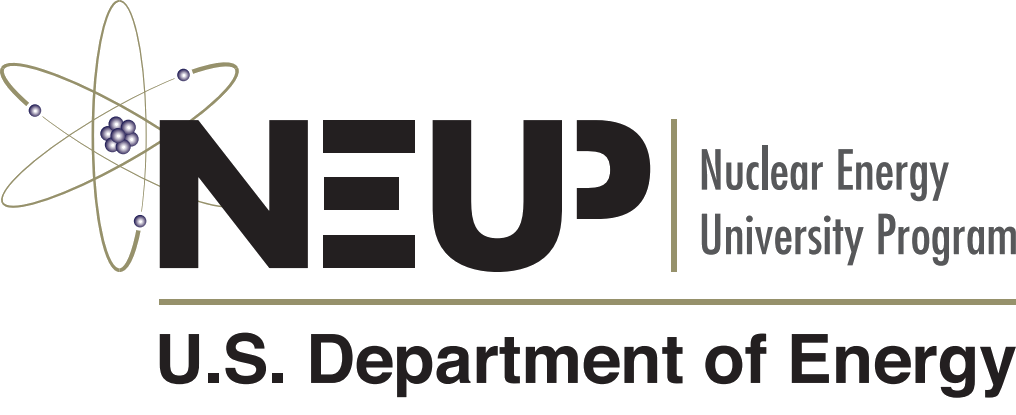






|
Prevention of Fouling Deposits in Large-Scale Energy Systems
|
|
Project Lead: Michael Short |
|
Co-Investigators: Akshay Dave, Bren Phillips |
|
Postdocs: Çi?dem Toparli |
|
Students: Max Carlson |
|
UROPs: |
 Project Description: Fouling - the deposition of unwanted species - costs the US over $15 billion per year in degraded energy system performance. Many of the scientific reasons for the growth of fouling deposits, from the initial particulate adhesion events to controlling their growth, are not yet understood. We use high-temperature, high-pressure experimental systems and massively parallel, multiphysics simulations to grow reactor-relevant fouling deposits, probe their structure, simulate their effects on energy systems, and try to either control their mesoscopic structures or prevent their formation altogether. Read full project description Project Description: Fouling - the deposition of unwanted species - costs the US over $15 billion per year in degraded energy system performance. Many of the scientific reasons for the growth of fouling deposits, from the initial particulate adhesion events to controlling their growth, are not yet understood. We use high-temperature, high-pressure experimental systems and massively parallel, multiphysics simulations to grow reactor-relevant fouling deposits, probe their structure, simulate their effects on energy systems, and try to either control their mesoscopic structures or prevent their formation altogether. Read full project description |
Our Sponsors: 


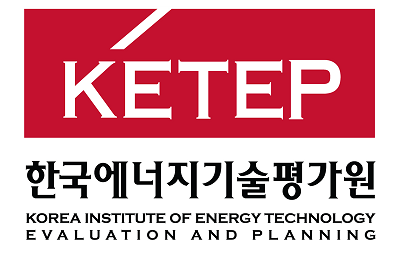

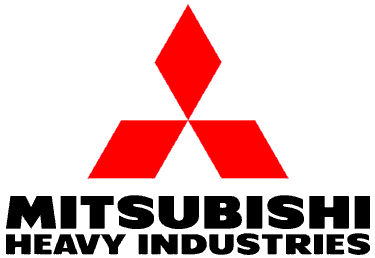




|
Direct Measurement of Radiation Damage via Stored Energy
|
|
Project Lead: R. Scott Kemp, Michael Short |
|
Co-Investigators: R. Scott Kemp |
|
Postdocs: Kangpyo So |
|
Students: Rachel Connick, Charlie Hirst, Daniel Reinfurt |
|
UROPs: Now Hiring! , Claudia Miklavcic |
 Project Description: The concept of "damage" remains difficult to quantify. If we had a universal way to measure damage, we would be able to better predict when materials would fail, measure their degradation during service, and design new ones to be both longer-lasting and more economical. The use of stored energy fingerprints is proposed as a way to quantify damage to materials from any damaging process. We focus on radiation damage as an ideal way to make all the types of defects found in most materials. A two-pronged experimental and simulation approach will be used to quantify and understand these stored energy fingerprints, relating them directly to the defects created by damage. Immediate applications of this work range from reconciling the differences between ion and neutron irradiation, to predicting material property changes due to radiation damage, to verifying the historical usage of uranium enrichment centrifuges. Read full project description Project Description: The concept of "damage" remains difficult to quantify. If we had a universal way to measure damage, we would be able to better predict when materials would fail, measure their degradation during service, and design new ones to be both longer-lasting and more economical. The use of stored energy fingerprints is proposed as a way to quantify damage to materials from any damaging process. We focus on radiation damage as an ideal way to make all the types of defects found in most materials. A two-pronged experimental and simulation approach will be used to quantify and understand these stored energy fingerprints, relating them directly to the defects created by damage. Immediate applications of this work range from reconciling the differences between ion and neutron irradiation, to predicting material property changes due to radiation damage, to verifying the historical usage of uranium enrichment centrifuges. Read full project description |
Our Sponsors: 



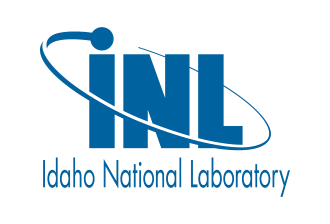
|
Reconstructing Historical Signatures of Uranium Enrichment
|
|
Project Lead: Michael Short |
|
Co-Investigators: R. Scott Kemp |
|
Postdocs |
|
Students: Avery Nguyen |
|
UROPs: |
 Project Description: Non-proliferation treaty (NPT) verification relies on the slogan "trust, but verify." The verification part is much harder than the trust part. We are developing nanocalorimetry as a way to physically measure and forensically reconstruct how much uranium was enriched in gas centrifuges. We hope that this will help the world verify historical enrichment activities, and ultimately reduce the number of nuclear weapons worldwide. Project Description: Non-proliferation treaty (NPT) verification relies on the slogan "trust, but verify." The verification part is much harder than the trust part. We are developing nanocalorimetry as a way to physically measure and forensically reconstruct how much uranium was enriched in gas centrifuges. We hope that this will help the world verify historical enrichment activities, and ultimately reduce the number of nuclear weapons worldwide. |
Our Sponsors: 

|
Other Group Projects
Geiger Counters for the Masses
|
|
Project Lead: Michael Short |
|
Co-Investigators: Kuba Anglin |
|
Postdocs |
|
Students |
|
UROPs: |
 Project Description: Building on the success of NSE's DIY Geiger counter kit, we are developing a miniaturized smartphone accessory with free iOS and Android apps to bring radiation detection to the masses. A $40 true Geiger counter (not a photodiode) is under construction, along with smartphone apps which allow the user to geotag radiation experiments, measure & subtract radiation background, and report their findings to the world. We are aiming for a 2018 release, and are actively seeking collaborators! Project Description: Building on the success of NSE's DIY Geiger counter kit, we are developing a miniaturized smartphone accessory with free iOS and Android apps to bring radiation detection to the masses. A $40 true Geiger counter (not a photodiode) is under construction, along with smartphone apps which allow the user to geotag radiation experiments, measure & subtract radiation background, and report their findings to the world. We are aiming for a 2018 release, and are actively seeking collaborators! |
Deprecated: explode(): Passing null to parameter #2 ($string) of type string is deprecated in /var/www/html/Functions/DisplayProject.php on line 95
Our Sponsors: |
|
|















